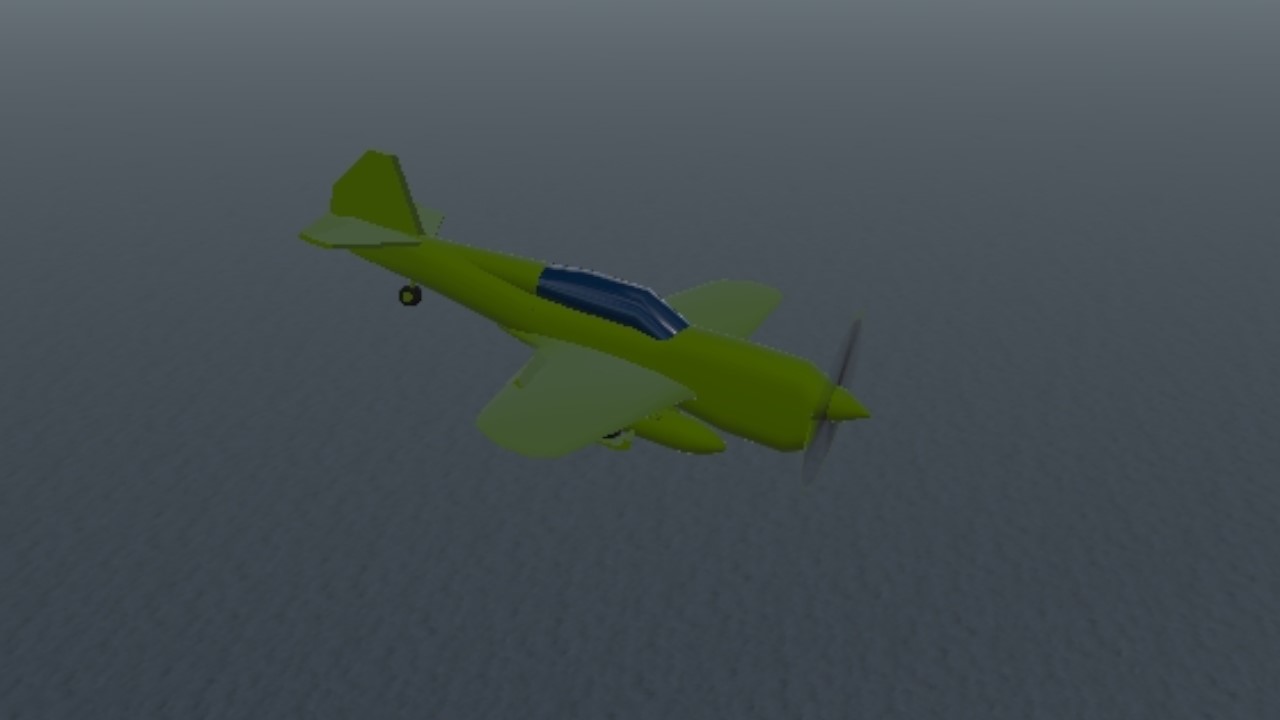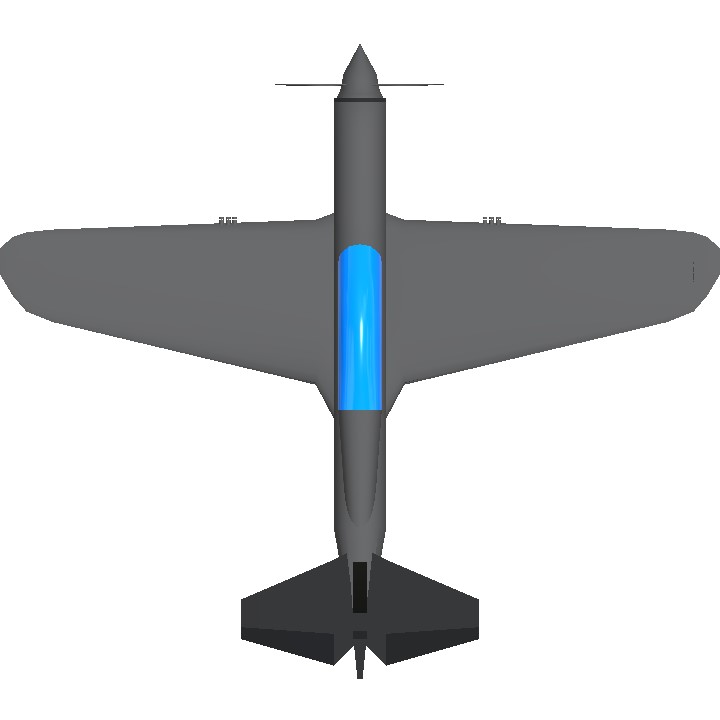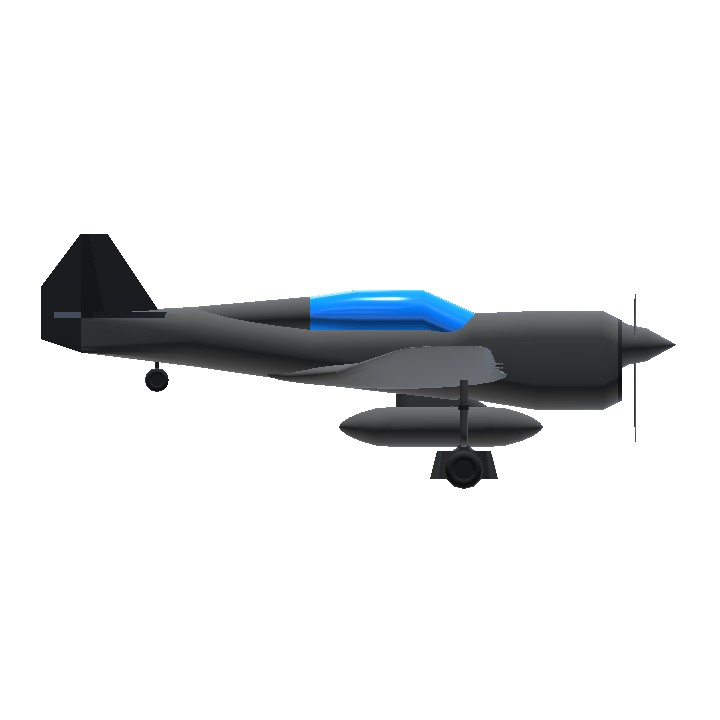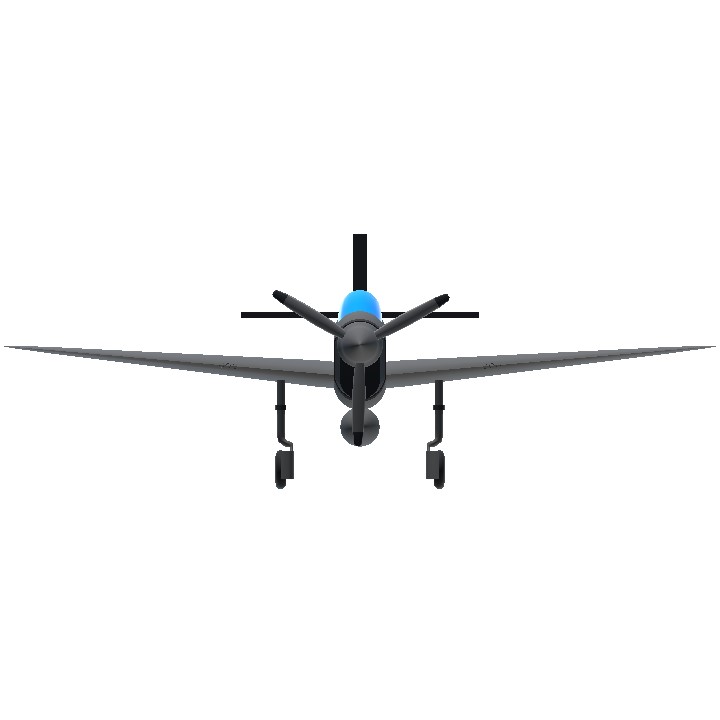The second WW2 replica plane that i've ever made
P-40 Warhawk was the name the United States Army Air Corps gave the plane, and after June 1941, the USAAF adopted the name for all models, making it the official name in the U.S. for all P-40s. The British Commonwealth and Soviet air forces used the name Tomahawk for models equivalent to the original P-40, P-40B, and P-40C, and the name Kittyhawk for models equivalent to the P-40D and all later variants. P-40s first saw combat with the British Commonwealth squadrons of the Desert Air Force in the Middle East and North African campaigns, during June 1941.[4][5] No. 112 Squadron Royal Air Force, was among the first to operate Tomahawks in North Africa and the unit was the first Allied military aviation unit to feature the "shark mouth" logo,[6][7] copying similar markings on some Luftwaffe Messerschmitt Bf 110 twin-engine fighters.[6] [N 1]
The lack of a two-speed supercharger for the P-40's Allison V-1710 engine's made it inferior to Luftwaffe fighters such as the Messerschmitt Bf 109 or the Focke-Wulf Fw 190 in high-altitude combat and it was rarely used in operations in Northwest Europe. However, between 1941 and 1944, the P-40 played a critical role with Allied air forces in three major theaters: North Africa, the Southwest Pacific, and China. It also had a significant role in the Middle East, Southeast Asia, Eastern Europe, Alaska and Italy. The P-40's performance at high altitudes was not as important in those theaters, where it served as an air superiority fighter, bomber escort and fighter-bomber.
Although it gained a postwar reputation as a mediocre design, suitable only for close air support, more recent research including scrutiny of the records of Allied squadrons indicates that this was not the case; the P-40 performed surprisingly well as an air superiority fighter, at times suffering severe losses, but also inflicting a very heavy toll on enemy aircraft.[9] Based on war-time victory claims, over 200 Allied fighter pilots – from the UK, Australia, New Zealand, Canada, South Africa, the US and the Soviet Union – became aces flying the P-40. These included at least 20 double aces, mostly over North Africa, China, Burma and India, the South West Pacific and Eastern Europe.[10] The P-40 offered the additional advantages of low cost and durability, which kept it in production as a ground-attack aircraft long after it was obsolescent as a fighter.
Specifications
Spotlights
- Stealth117 one month ago
General Characteristics
- Predecessor WWII Challenge (Closed)
- Created On Android
- Wingspan 44.7ft (13.6m)
- Length 39.3ft (12.0m)
- Height 15.4ft (4.7m)
- Empty Weight 8,520lbs (3,864kg)
- Loaded Weight 12,280lbs (5,570kg)
Performance
- Horse Power/Weight Ratio 0.081
- Wing Loading 34.8lbs/ft2 (169.9kg/m2)
- Wing Area 352.9ft2 (32.8m2)
- Drag Points 5859
Parts
- Number of Parts 55
- Control Surfaces 5
- Performance Cost 291





@001 i don't think so, Max of 7 wong parts, atleast, from the schematic view
@monarchiiwithastolenmg, is that PEA?